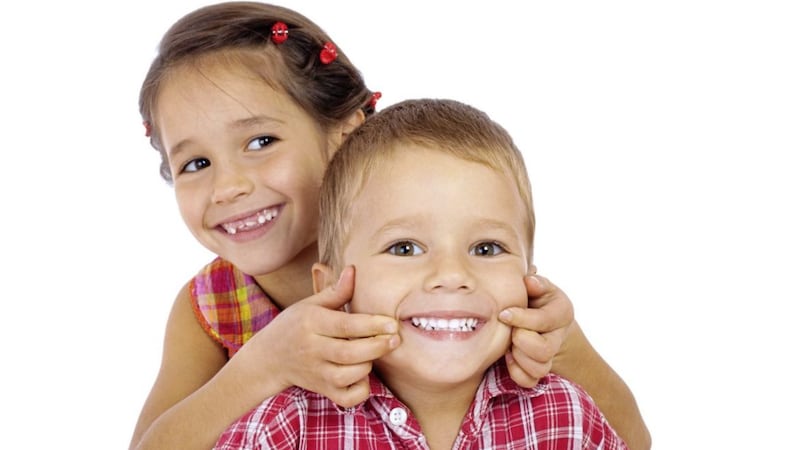MOST of us have been spending a lot more time with our children, watching them speak, laugh, eat and argue – but what are you actually observing?
You would be not be alone if you thought that your child’s face developed just because of the genes carried down from each parent.
However, there are many different influences that can have a profound effect on face shape apart from genetic programming and sometimes, if these influences are unfavourable, they can have lifelong consequences for the rest of the body if not addressed.
Maybe there are things compromising your child’s airway, making it difficult for them to breathe through their nose. A nose can be blocked by things like enlarged tonsils, allergies or a deviated septum and can lead a person to become a 'mouth breather'.
Your child may be a mouth breather if they often sit with their lips apart, their head is postured forward or tipped backwards, they snore or grind their teeth or are prone to inner ear infections.
The body’s number one goal is to get oxygen into and around it so if the nose is not firing on all cylinders the body will spontaneously pull the head forward to allow more oxygen in. This can then set up all types of stresses and strains on the face and jaw muscles. A postured head position can have knock-on stress effects to your entire skeleton all the way down to your toes.
To allow more air in, the tongue can end up sitting in an abnormally low position which in turn narrows the jaws, causing the teeth to grow in crooked and the face to elongate. Due to restricted breathing the upper jaw and mid-face bones, which include the nose and cheek bones, will not develop to their full potential.
When your skull is sitting straight and the jaw joints are balanced there can be four times the amount of blood flowing to the brain. Facial growth can be enhanced by good nutrition, facial muscle balance, skull bone and jaw joint balance, breast feeding and the ability to breathe normally.








